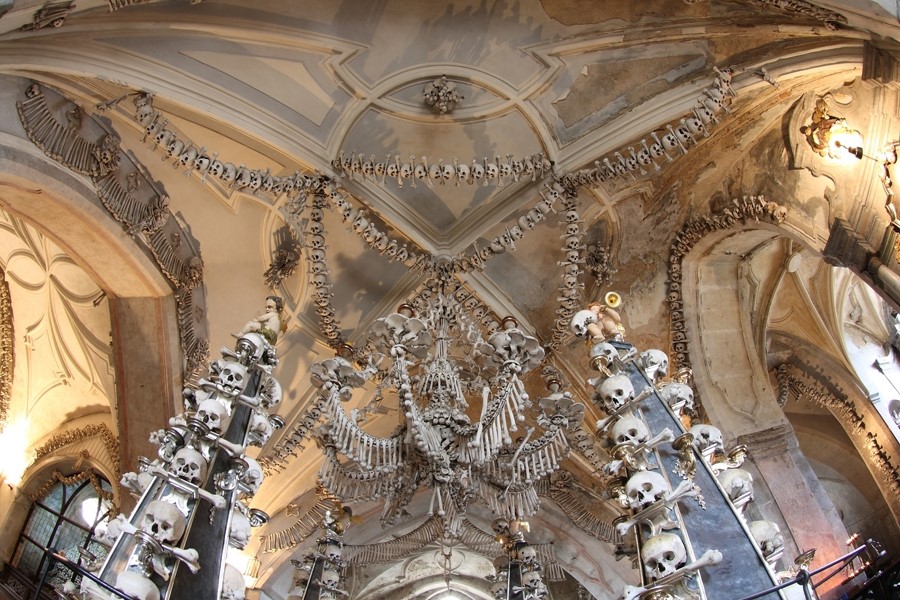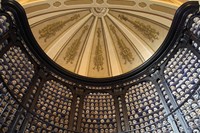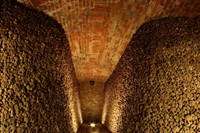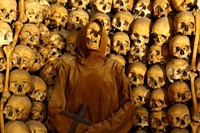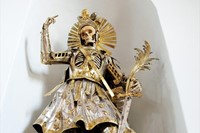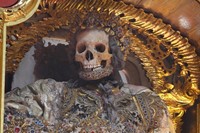Today’s world is one where violence, murder and death are splashed across all mediums in a miasma of graphic 3-D horror. Scary movies ride high in the box office; video games offer a vast array of exotic means to maim and kill realistic human
Today’s world is one where violence, murder and death are splashed across all mediums in a miasma of graphic 3-D horror. Scary movies ride high in the box office; video games offer a vast array of exotic means to maim and kill realistic human avatars; sensational murder stories are devoured in the press. Yet during these occasions when we come face to face with dying, it is always through a medium that can be controlled, switched off, closed. In a scientific, rationalist, post-Enlightenment present, death in its basest, primal, literal form has moved from the forefront of society to be interred below ground and ghettoised. Arguably, our attitude to the most basic inevitability of life has never been more oblique.
"Arguably, our attitude to the most basic inevitability of life has never been more oblique"
Nowhere is this shift in ideas made clearer than in Paul Koudounaris’ fascinating book The Empire of Death, a cultural history of death as manifested in charnel houses and ossuaries – vaults and tombs where human remains were stored and revisited by descendents. Tracing a course through these quite extraordinary sites, many of which incorporate bones, skeletons and skulls into their very architecture, is a discomfiting experience. While Koudounaris’ images demonstrate that they are undeniably beautiful, in modern symbology they are the stuff of horror and incomprehension, fashioned from elements that are today redolent with fears generally unfaced. Robed skeletons of monks glower from walls edged with bones; grotesque leering skulls peep from rotting, lace trimmed bonnets; mummification practices, synonymous with the heathens of Ancient Egypt, are shown to be a feature of Jesuit burial practices. These images are experienced through parted fingers, alive with the same combination of fascination and repulsion that so often consumes an audience watching Friedkin’s The Exorcist.
Yet these chapels and catacombs were not designed to instil horror or fear; rather they simply represent a different world view – one where the dead did not cross an impassable barricade to be ignored forever more, but were positioned within the earthly sphere, playing active roles in the lives of the living, continuing a dialogue after death. And as reconstruction brings them to the attention of today's historians and tourists alike, this dialogue has continued in a very modern form. Over the course of his tour of the sites, Koudarnis found that every single one featured graffiti from recent times; concluding that “maybe it is natural that people would want to leave a mark of their presence in sites intended to confront them with their own mortality.”
One location in London that allows a ossuary-style confrontation of mortality and the macabre is the infamous Last Tuesday Society, haven for the pataphysically minded and lover of noir curiosities. Fittingly, it is the location chosen by Paul Koudounaris for a intimate slide show discussion of his odyssey through these extraordinary locations.
Text by Tish Wrigley
A talk by Dr Paul Koudanaris on the Empire of Death takes place on February 7th, at The Last Tuesday Society. The Empire of Death is out now, published by Thames & Hudson.
